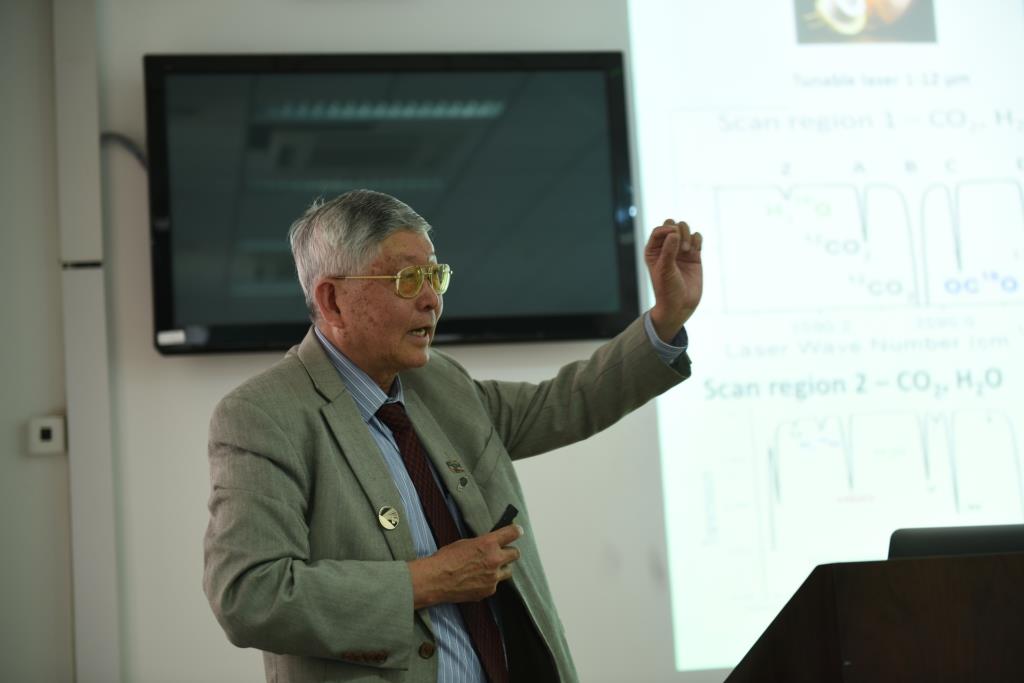主讲:Yuk Yung ,Caltech
时间:2018年4月25日,星期三,16:00-17:00
地点:物理楼北547
主持/联系:林金泰
摘要:
Recent measurements of methane (CH4) by the Mars Science Laboratory (MSL) now confront us with robust data that demand interpretation. The baseline level of CH4 (~1 ppbv, parts per billion by volume) requires a minimum production source of 1.7x107 mol year-1, while the pulses of CH4 (~10 ppbv) require a source of 5x109 mol year-1, if it were a point source. What does this CH4 represent in terms of interior geochemical processes, and is CH4 a biosignature? Discerning how CH4 generation occurs on Mars may open a window on how life originated long ago on our own planet. There is no evidence of life on the surface of Mars, but hypothetical microbes might reside beneath the surface. The carbon flux represented by CH4 might serve as a link between a putative subterranean biosphere on Mars and what we can measure above the surface. We ask the fundamental question: How active is Mars, geologically and/or biologically?

